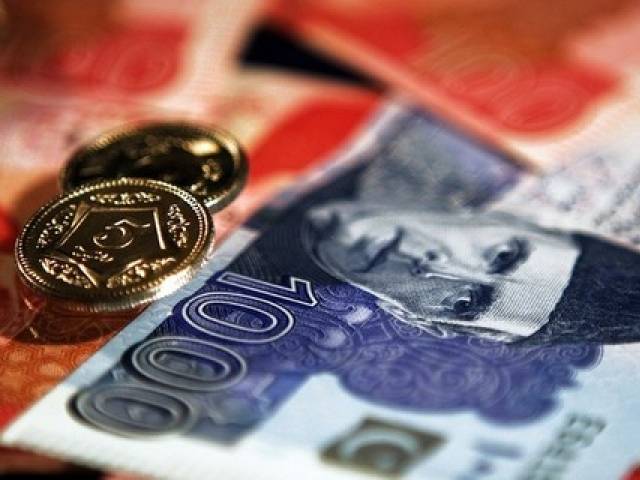ISLAMABAD
The government has come up with a comprehensive strategy to maintain fiscal deficit within manageable limits by taking many revenue generation measures and by containing non-development expenditures during the fiscal year 2017-18.
“During 2017-18, efforts will be made to maintain fiscal deficit within manageable limits with the confines of Fiscal Responsibility and Debt Limitation Act (FRDLA) 2005,” official sources said.
They said that the deficit would be limited by enhancing revenue mobilisation and containing non-priority and non-development expenditures.
During the current fiscal year (2017-18), better energy supplies to the manufacturing sector and higher aggregate demand would necessitate higher business and private sector loans.
These activities, along with growing bank financing for China-Pakistan Economic Corridor (CPEC) related activities and accelerated development works, would lead to higher monetary expansion.
Average Consumer Price Index (CPI) inflation during 2017-18 is expected to increase by around 6 per cent as anticipated higher aggregate demand, greater monetary expansion and impact of rising global prices would put upward pressure on inflation.
The capital market is expected to remain vibrant during 2017-18 through various measures to be adopted by the Securities Exchange Commission of Pakistan (SECP) under its future roadmap comprising of measures for capital market development and subsidiary legislation under the Securities Act and Futures Market Act.
It may be recalled that during July-March 2016-17, fiscal deficit stood at 3.9 per cent of GDP as compared to 3.5 per cent during the corresponding period of last year.
It has already surpassed its annual target of 3.8 per cent due to low growth of total revenue as a result of a shortfall realised in tax collection and a decline in non-tax revenue.
Money supply as measured by broad money (M2) expanded by Rs936.4 billion (7.3 per cent) during July 1, 2016 to May 5 2017 as compared to its expansion of Rs 716.9 billion (6.4 per cent) during the corresponding period of last year.
This higher monetary expansion is due to a low policy rate of 5.75 per cent adopted by the State Bank of Pakistan since May 2016.
Average CPI rose to 4.1 per cent in July-April 2016-17 from 2.8 per cent in the corresponding period of last year.
During 2016-17, the Securities and Exchange Commission of Pakistan (SECP) initiated a number of structural, legal and fiscal reforms in order to develop a fair and competitive capital market.




